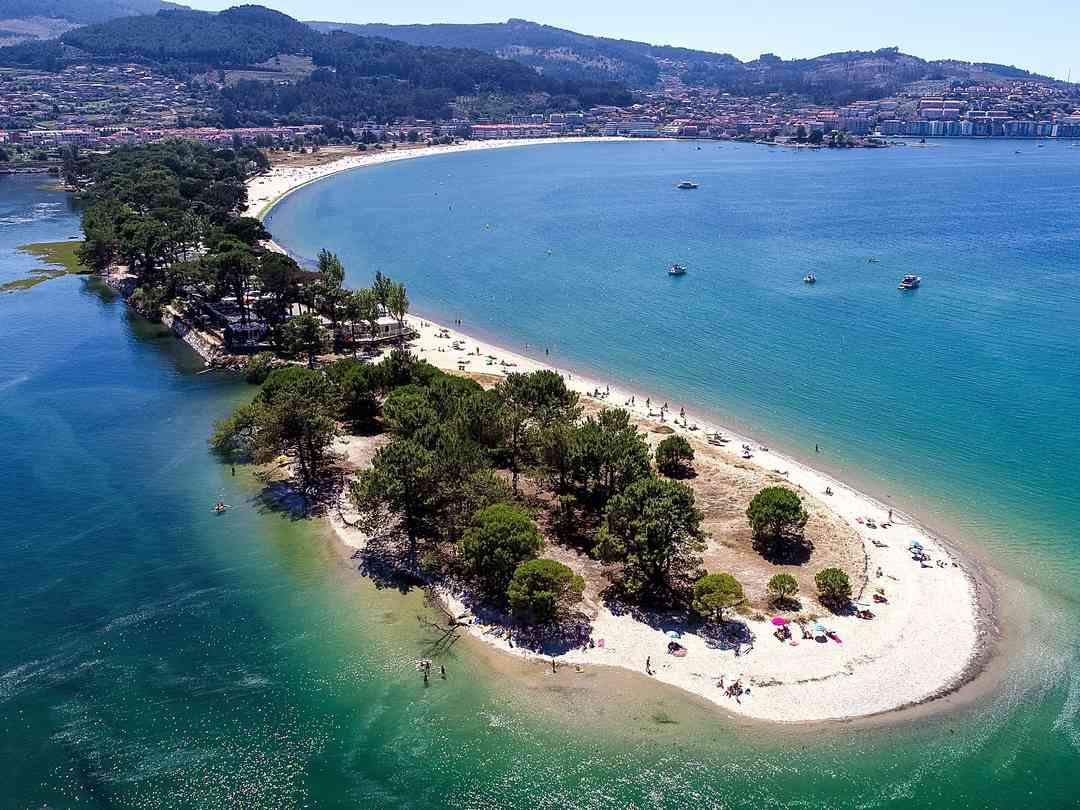
Campsites have experienced a small rebirth. Now they are as cool as ever. There are also those that offer innovative tree houses, waterfront cabins and even luxury safari tents.
It is becoming increasingly difficult to choose, but the Best Campsite in Spain awards make it a little easier. These awards given by the Spanish Campsite Federation (FEEC) are granted to certain establishments taking into account both their characteristics and the evaluation of the campers themselves.
The winners reveal spectacular landscapes and luxurious facilities, both aimed at the whole family and focused on enjoying peace and silence. Here they are the main prize winners:
1. BEST MOUNTAIN CAMPSITE: PINETA (BIELSA, HUESCA)
https://campingpineta.com/
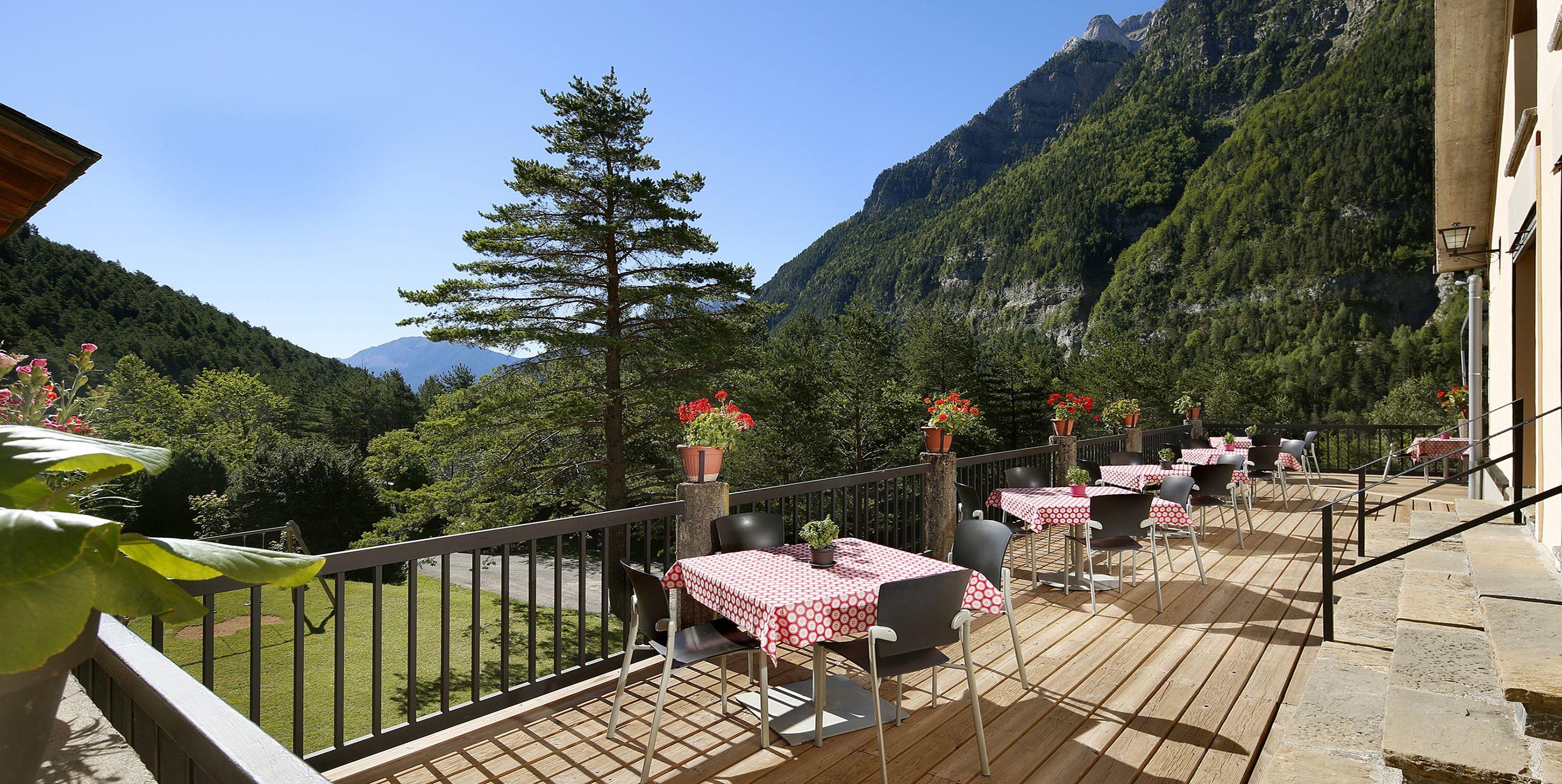
The location of this campsite is truly spectacular. It sits at the entrance to the extraordinary Ordesa y Monte Perdido National Park, in the Pineta Valley.
It is surrounded by majestic mountains, pine, beech and fir forests and next to the source of the River Cinca and is located in the spot where the majority of walking routes in the area begin. It has bungalows, double rooms and plots for rent.
2. BEST BEACH CAMPSITE: PINAR SAN JOSÉ (ZAHORA, CÁDIZ)
https://www.campingpinarsanjose.com/
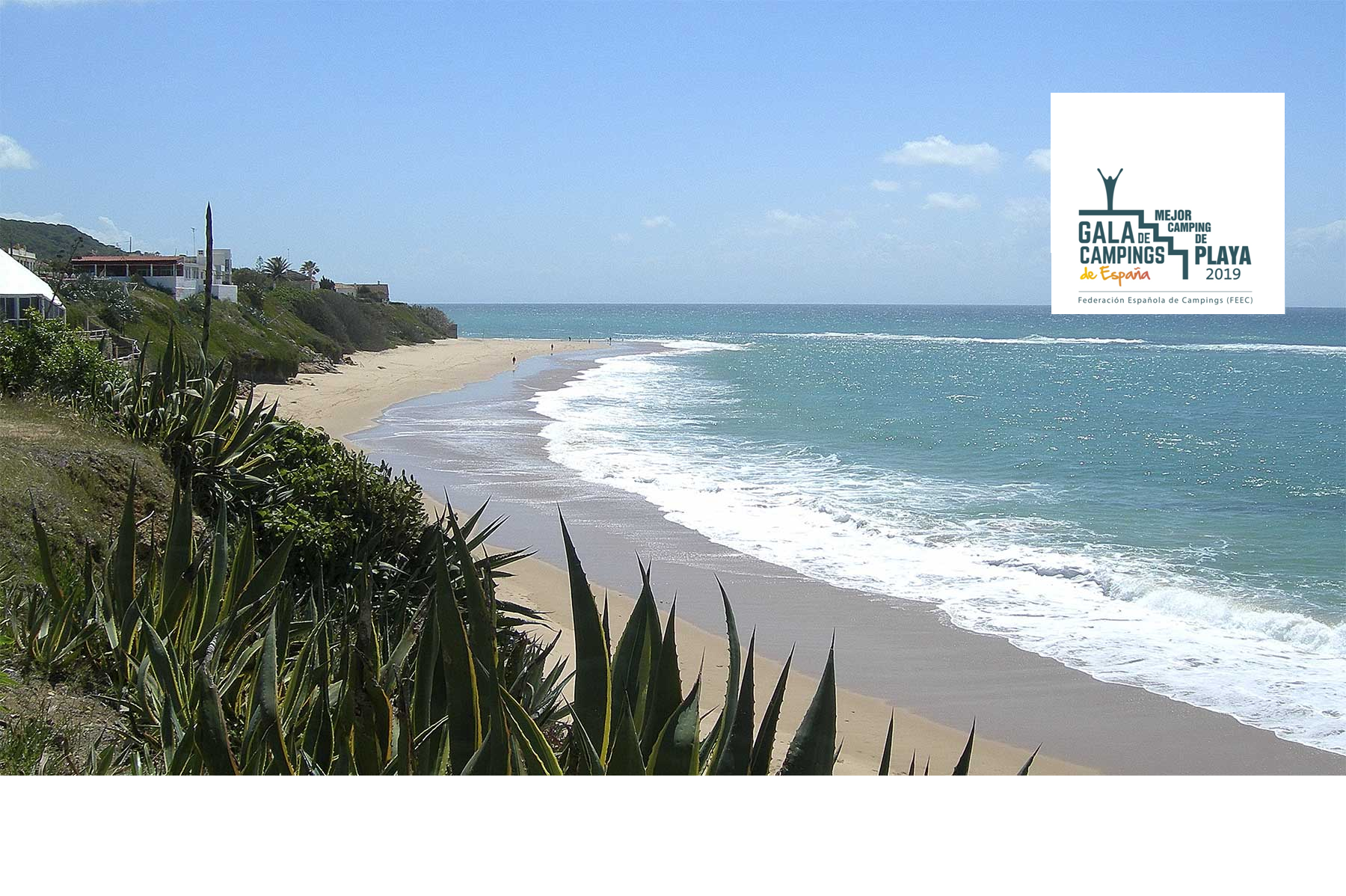
In the beautiful Natural Park of La Breña y Marismas de Barbate, a large dune populated by pines, wild olive trees and mastic trees and located next to magnificent cliffs, is the Pinar San José. There, time is spent surfing or hiking, riding bicycles, spotting dolphins or strolling under the sun on mythical beaches like those of Bolonia.
Nearby are some popular towns like Vejer and Conil. The facilities also cater for sports, a children's club, swimming pools and a dog area.
3. BEST FAMILY CAMPSITE: RIBADESELLA (RIBADESELLA, ASTURIAS)
https://camping-ribadesella.es/
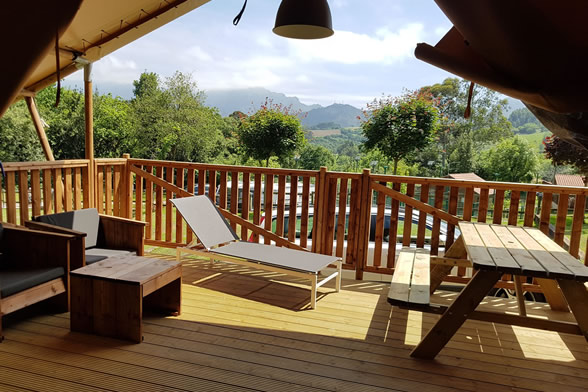
Spa, gym, playgrounds, entertainment activities for children, miniature golf, sports courts, outdoor and heated swimming pools ... The Ribadesella campsite is certainly an Eden for the whole family, located just one kilometre from the beach.
In fact, the little ones will dream of sleeping in their safari tent in the glamping area, although the enclosure also has bungalows and a camping area. It is, of course, a destination to remember only when the sun rises, since it only opens from the end of April to the end of September.
4. BEST CAMPSITE OPEN ALL YEAR ROUND: MOLINO DE CABUÉRNIGA (CABUÉRNIGA, CANTABRIA)
https://www.campingcabuerniga.com/
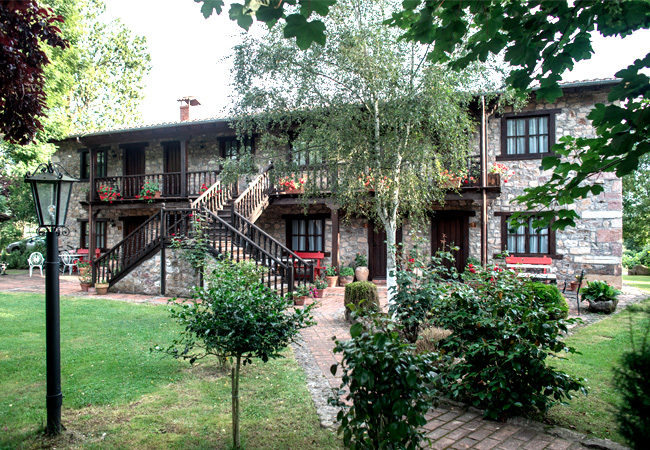
This family business, which pampers every aspect of its accommodation, prides itself on the beauty of its protected natural environment, the Cabuérniga Valley. Its greatest asset is its tranquillity.
Open since 1991 and named Best European campsite open all year round in 2017, Cabuérniga offers pitches, as well as cabins and apartments with a rural air, lined with stone from the area.
5. MOST ORIGINAL ACCOMMODATION CAMPSITE: SON BOU (ALAIOR, MENORCA)
https://www.campingsonbou.com/es/inicio
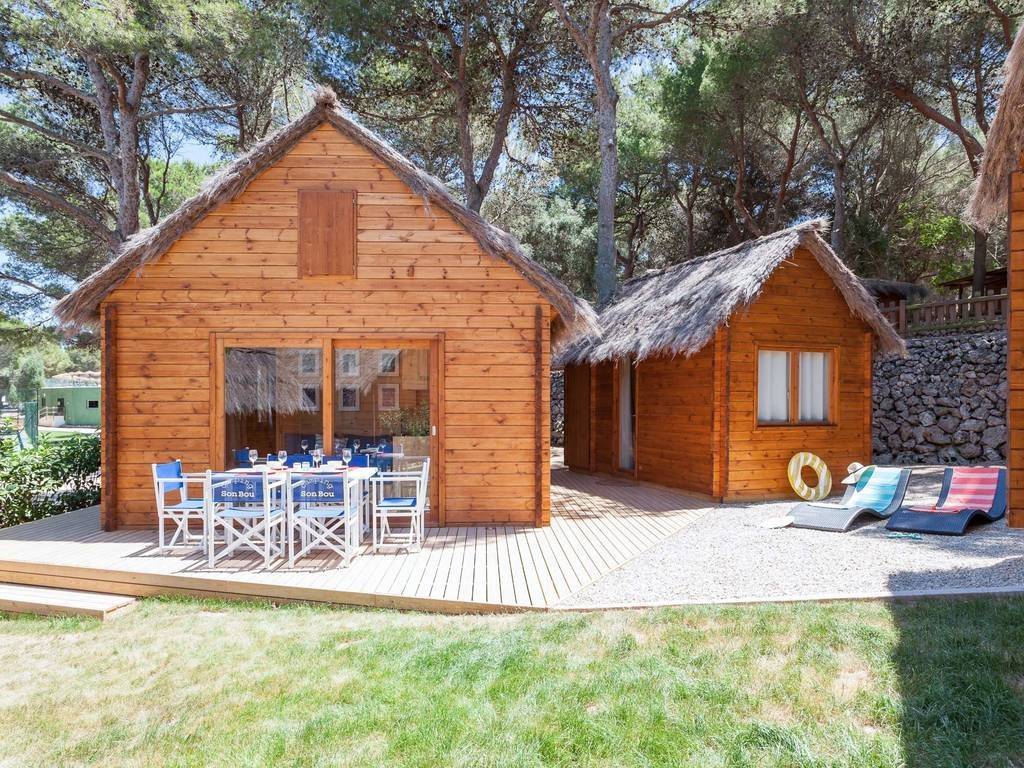
70,000 square meters of pine forests and large green areas and the most charming architecture based on wooden chalets make up this beautiful Mallorcan campsite with a swimming pool, restaurant, sports courts, mini-club and children's playground.
Nearby, the Son Bou beach, the Cavalleria lighthouse and the Sanitja port are wonderful excursions for the whole family.
6. SPECIAL MENTION: CAMPSITE BAYONA PLAYA (BAIONA, PONTEVEDRA)
https://www.campingbayona.com/
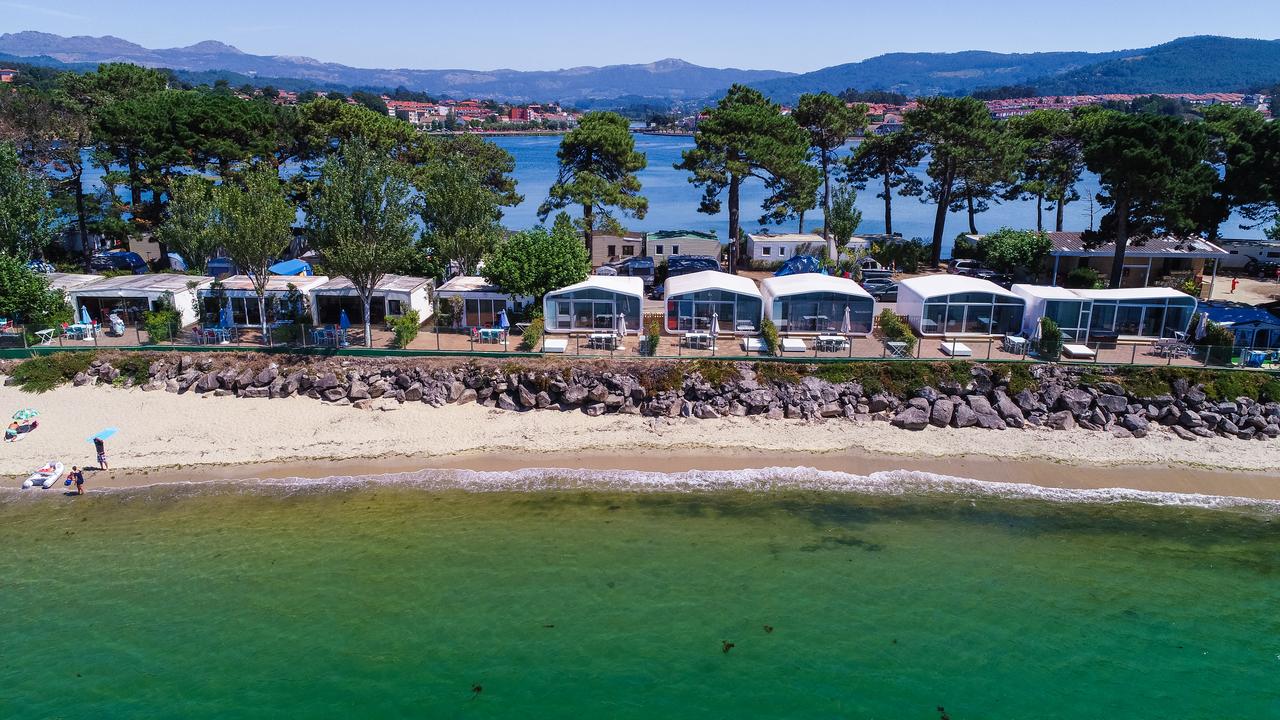
The wonderful renovation carried out at this campsite, which now has a series of modern glazed bungalows with a terrace practically on the seashore, has earned it a special mention from the FEEC. They also have a glamping area made up of two-level raised wooden tents with a dining room, storage area and bedroom, as well as traditional pitches.
The accommodation offer is complemented with all kinds of attractions for children -animation, trampolines, zip line, water slides ... as well as a privileged environment, formed by wide beaches and very close to the interesting old town of Baiona.